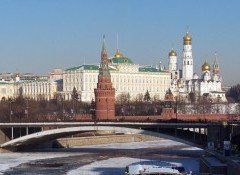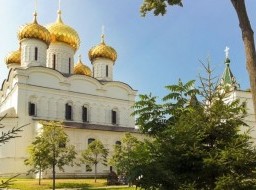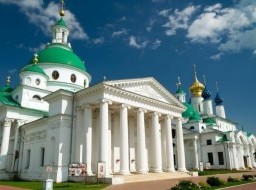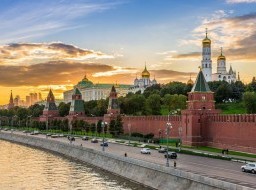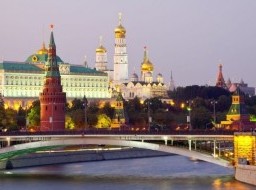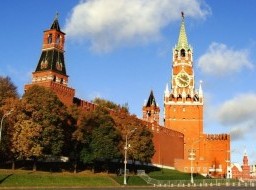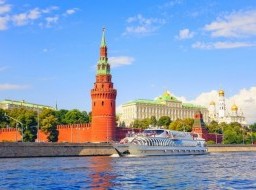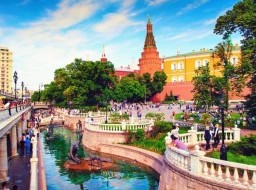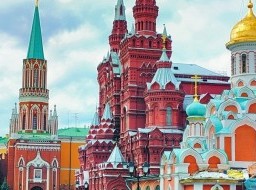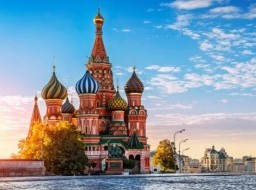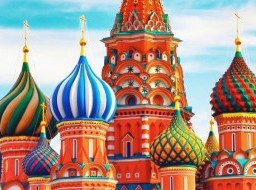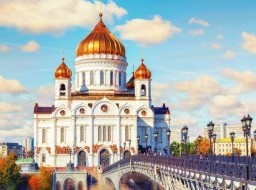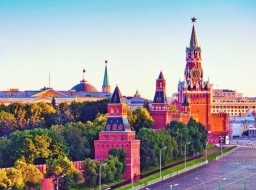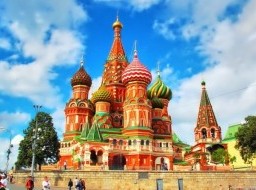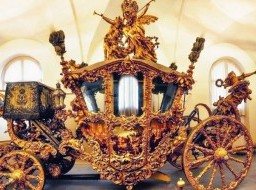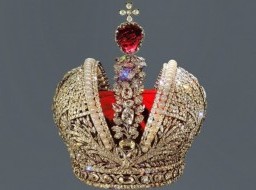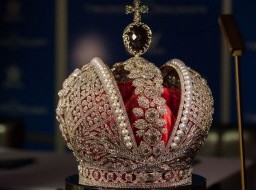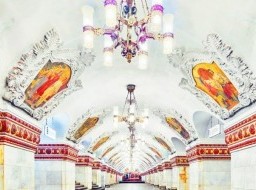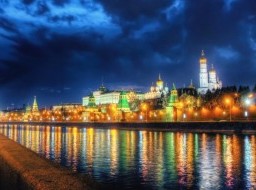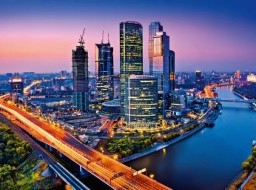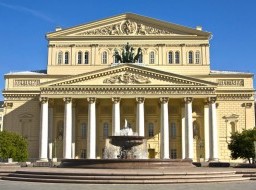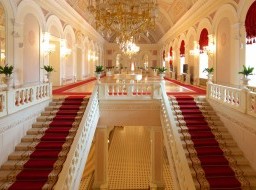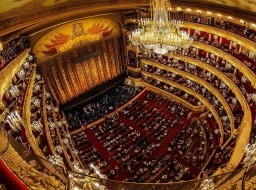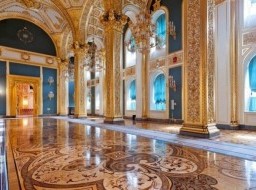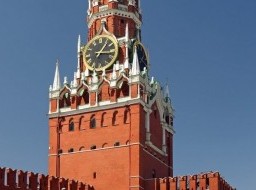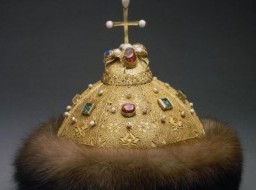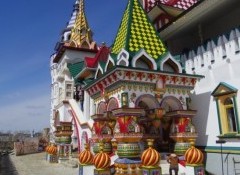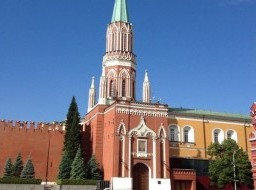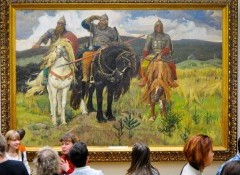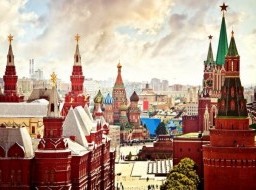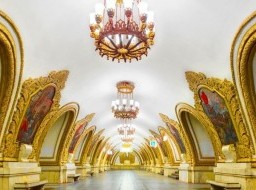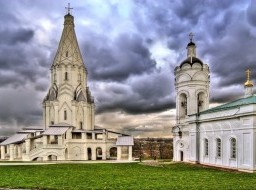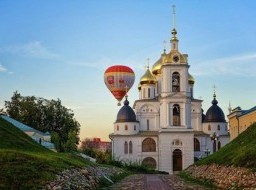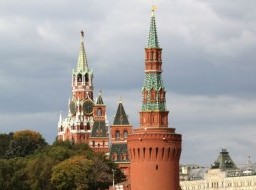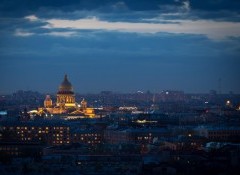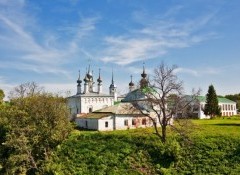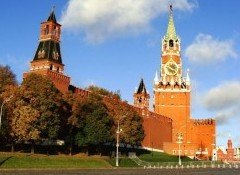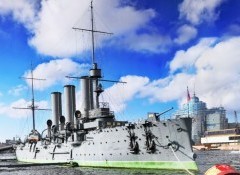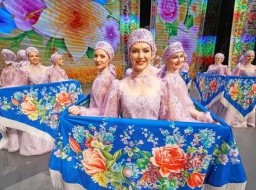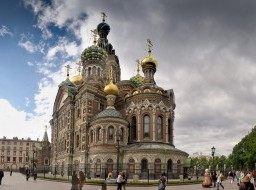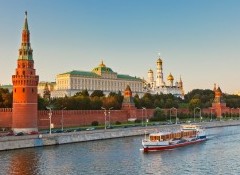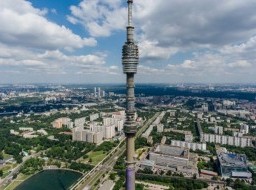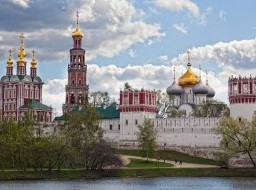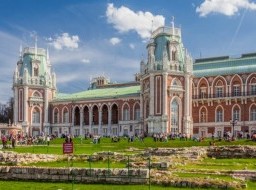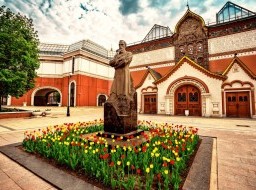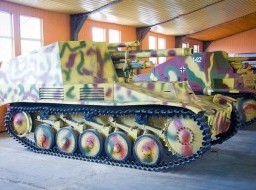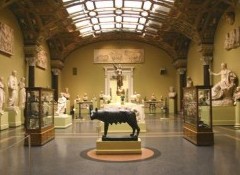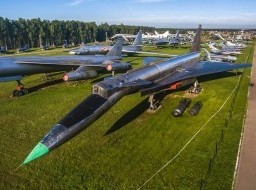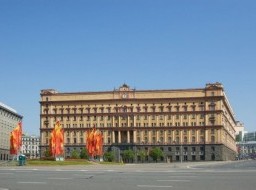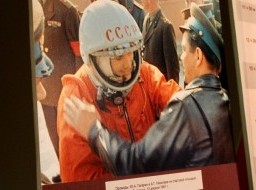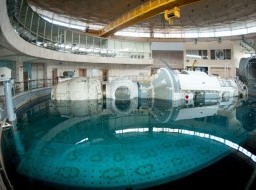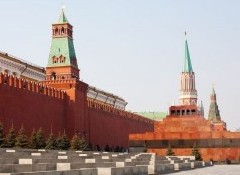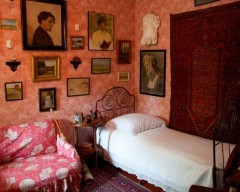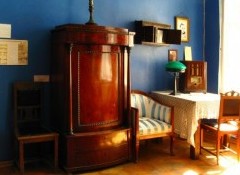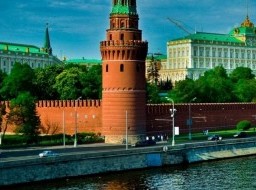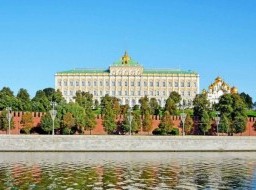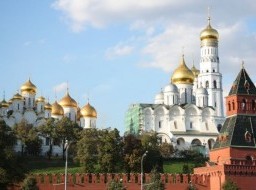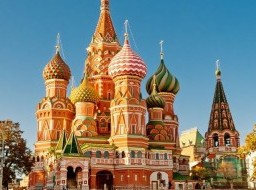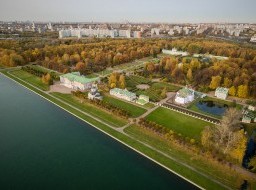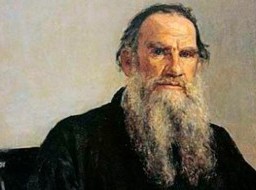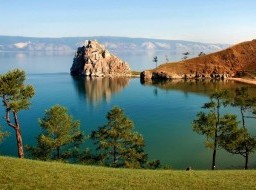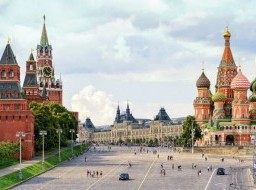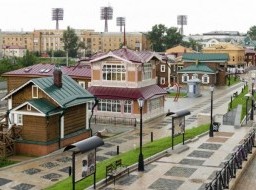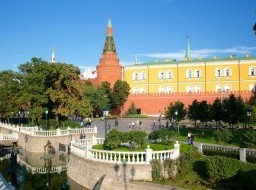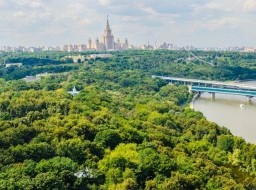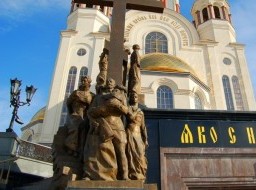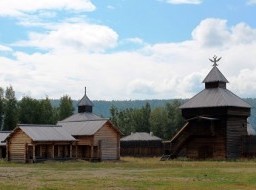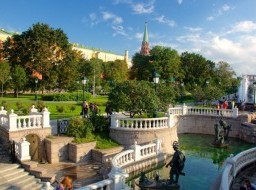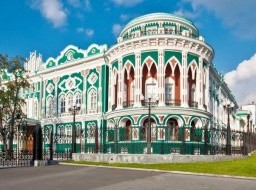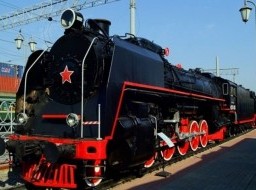Christ the Savior
The Cathedral of Christ the Saviour is amazingly opulent, garishly grandiose and truly historic. The cathedral's sheer size and splendour guarantee its role as a lovely landmark. This gargantuan cathedral was completed in 1997 – just in time to celebrate Moscow's 850th birthday. The Cathedral of Christ the Saviour sits on the site of an earlier and similar church of the same name, built in the 19th century to commemorate Russia's victory over Napoleon. The Cathedral replicates its predecessor in many ways. The central altar is dedicated to the Nativity, while the two side altars are dedicated to Sts Nicholas and Alexander Nevsky. Frescoes around the main gallery depict scenes from the War of 1812, while marble plaques remember the participants. 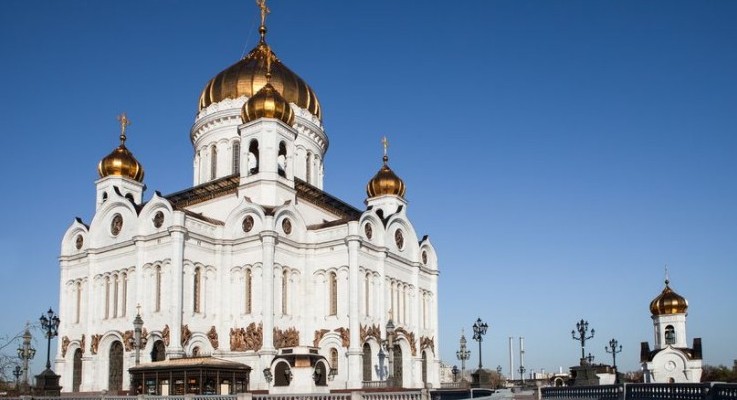 A 344-feet construction, Cathedral of Christ the Savior is the tallest Orthodox church in the world. The Cathedral of Christ the Savior is one of the largest Orthodox churches in the world. When the last soldier of Napoleon's army fled Russia in 1812, Emperor Alexander I ordered the cathedral be built to thank God and to commemorate the braveness of the Russian people. When it was finished in 1883, it quickly became the center of Russian spirituality. When Napoleon Bonaparte retreated from Moscow, Emperor Alexander I signed a manifest, 25 December 1812, declaring his intention to build a Cathedral in honor of Christ the Saviour "to signify Our gratitude to Divine Providence for saving Russia from the doom that overshadowed Her" and as a memorial to the sacrifices of the Russian people. It took some time for actual work on the projected cathedral to get started. The first finished architectural project, by Aleksandr Lavrentyevich Vitberg, was endorsed by Alexander I in 1817. It was a flamboyant Neoclassical design full of Freemasonic symbolism. Construction work was begun on the Sparrow Hills, the highest point in Moscow, but the site proved insecure. In the meantime Alexander I was succeeded by his brother Nicholas I. Profoundly Orthodox and patriotic, the new Tsar disliked the Neoclassicism and Freemasonry of the project selected by his brother. He commissioned his favourite architect Konstantin Thon to create a new design, taking as his model Hagia Sophia in Constantinople, Turkey. Thon's Russian Revival design was approved in 1832, and a new site, closer to the Moscow Kremlin, was chosen by the Tsar in 1837. A convent and church on the site had to be relocated, so that the cornerstone was not laid until 1839. The Cathedral of Christ the Savior The Cathedral took many years to build and did not emerge from its scaffolding until 1860. The painting were overseen by Evgraf Sorokin and thereafter some of the best Russian painters (Ivan Kramskoi, Vasily Surikov, Vasily Vereshchagin) continued to embellish the interior for another twenty years. The Cathedral was consecrated on the very day Alexander III was crowned, 26 May 1883. A year earlier, Tchaikovsky's 1812 Overture debuted there. The inner sanctum of the church (naos) was ringed by a two-floor gallery, its walls inlaid with rare sorts of marble, granite, and other precious stones. The ground floor of the gallery was a memorial dedicated to the Russian victory over Napoleon. The walls displayed more than 1,000 square meters of Carrara bianca marble plaques listing major commanders, regiments, and battles of the Patriotic War of 1812 (with the lists of awards and casualties appended). The second floor of the gallery was occupied by church choirs. The giant dome of the cathedral for the first time in history was gilded using the technique of gold electroplating, replacing the older and insecure technique of mercury gilding. After the Revolution and, more specifically, the death of Lenin, the prominent site of the cathedral was chosen by the Soviets as the site for a monument to socialism known as the Palace of the Soviets. This monument was to rise in modernistic, buttressed tiers to support a gigantic statue of Lenin perched on top of a dome with his arm raised in the air. On 5 December 1931, by order of Stalin's minister Kaganovich, the Cathedral of Christ the Saviour was dynamited and reduced to rubble, as can be seen on this video uploaded to YouTube. It took more than a year to clear the debris from the site. Some of the marble from the walls and marble benches from the cathedral were used in nearby Moscow Metro stations. The original marble high reliefs were preserved and are now on display at the Donskoy Monastery (see the photo). For a long time, these were the only reminders of the largest Orthodox church ever built. The construction of the Palace of Soviets was interrupted owing to a lack of funds, problems with flooding from the nearby Moskva River, and the outbreak of war. The flooded foundation hole remained on the site until, under Nikita Khrushchev, it was transformed into the world's largest open air swimming pool, named Moskva Pool. After the end of the Soviet Regime, the Cathedral has been rebuilt. The construction began in 1995 and was finished in 2000. |
|
